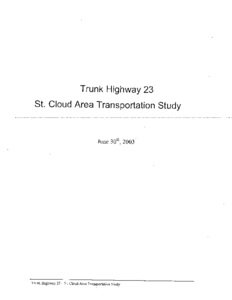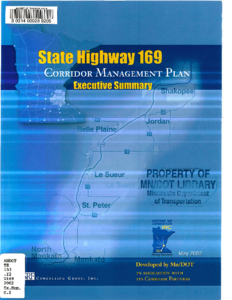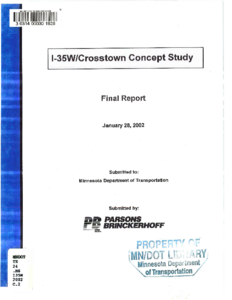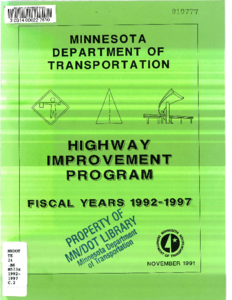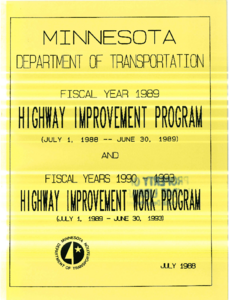Trunk Highway 23 St. Cloud Area Transportation Study
Date Created
2003-06
Description
State Highway 169 Corridor Management Plan: Executive Summary
Date Created
2002-05
Description
State Highway 169 Corridor Management Plan
Date Created
2002-05
Description


